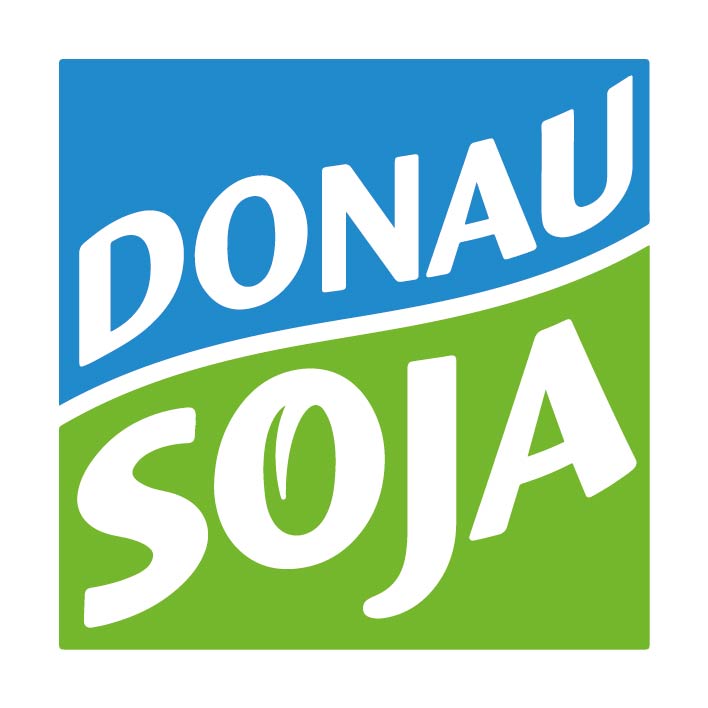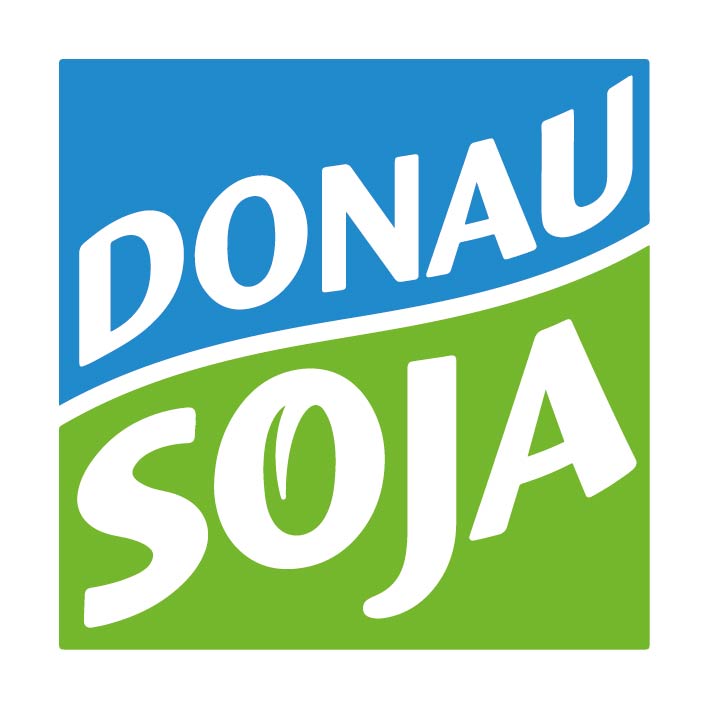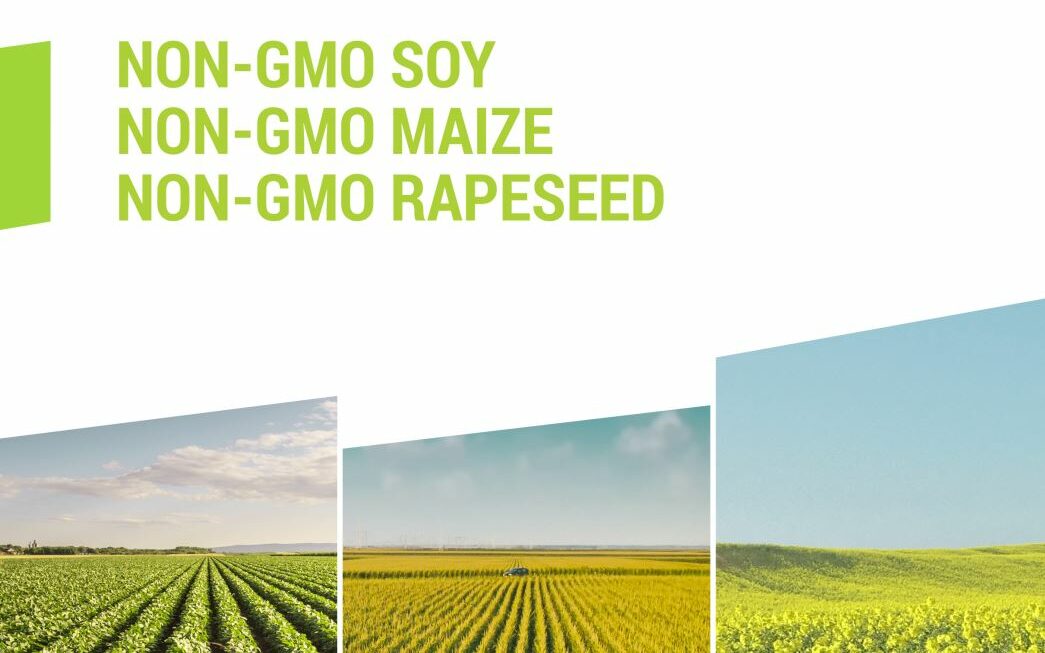In the newly published Market Report, dive into the thriving landscape of the EU’s Non-GMO crop market. The comprehensive study sheds light on the key crops in the EU market—soya, maize, and rapeseed—bringing together planting figures, yield statistics, prices, and supply and demand dynamics for the first time. This new non-GM Market Report will be published quarterly, to complement the monthly Donau Soja Market Report.
The new market report published by ENGA, Donau Soja and the ProTerra Foundation, shines a spotlight on the main Non-GMO crops in the EU market. The report – published for the first time and unique in its perspective – highlights the major trends and recent developments that affect Non-GM supply and demand within the EU in the current (2023/24) marketing year.
The report is the first in a series of quarterly reports aimed at food and feed producers as well as retailers, in order to inform them about the status of the market, about availability, prices and demand.
The report finds that the availability of local Non-GM soybean in the EU is expected to greatly improve in the 2023/24 marketing season, as the result of a record harvest in the region. Experts forecast that Brazilian Non-GM soya production is likely to reach almost 3 million t in the current marketing season (2023/24).
In addition, low Non-GM premiums and moderating food inflation in the EU is likely to lead to good demand for Non-GM products this season. All three crops featured in this market report – soybean, maize & rapeseed – look well supplied both in the EU and on the global market in 2023/24, which will impact prices in the longer term.
Non-GM soybeans: EU output
EU soybean output is forecast to grow to a record 3 million tonnes in 2023, up 33% (+ 740,000 t) against 2022, due to higher yields. Soybean yield in the EU is projected to be above the 5-year average in 2023. The record crop in the EU/Europe should mean, in the short term, greater availability of local (and regional) Non-GM soybeans within the EU, as well as further improvement in the Ukrainian export potential of Non-GM soya to the EU.
Non-GM soybean and soymeal prices
EU Non-GM soya prices have declined over the last 3 months, driven by forecasts for an abundant soya output and stocks in the global soybean market for the 2023/24 marketing season. Non-GM soybean was traded for 410 EUR/t at the Bologna Exchange in late October. This price level is 20% lower when compared to prices at the end of August. Non-GM soymeal premiums in the EU remained relatively stable and at historic low levels over the recent half year.
Non-GM soya production in Brazil
In Brazil, which is the biggest soya producer worldwide, a record soybean area is predicted in the current season (2023/24). Experts forecast that Brazilian Non-GM soya production is likely to reach almost 3 million t in the current marketing season (2023/24). This volume is similar to the previous year and should be enough to supply all current export programs to Europe in 2024 (Europe is the main destination of Non-GM soya materials produced in Brazil).
At the start of the sowing period in September, several economic factors affected the decision of Brazilian farmers whether to plant GM or Non-GM varieties this season, including the current low level of Non-GM soya premiums in Europe, the seed costs of Non-GM varieties, which have declined over the last three months in Brazil, while GM seed prices have climbed. In the previous season, Non-GM yields reached higher levels than their GM peers. This happened the first time in history, since GM soya varieties became mainstream.
Demand for Non-GM soya in the EU
Non-GM soya demand in Europe is likely to remain stable throughout the 2023/24 marketing season because of great availability of local (European) Non-GM soybean from the 2023 harvest. In addition, low Non-GM soymeal premiums make Non-GM feeding programs more attractive and there is increasing demand for regional and deforestation-free materials in Europe. There is also now increased processing capacity for Non-GMO soy via ADM’s new crushing plant in Mainz, Germany. And finally, EU food inflation is expected to moderate compared to levels in 2022/23 which should have a positive impact on demand.
Maize and rapeseed
Unlike soya, where Non-GM is more of a niche product, the overwhelming majority of maize and rapeseed in the EU market is Non-GM. The share of GM is roughly 1% of the EU’s domestic maize output and roughly 20% of the EU maize import. Maize output in the EU-27 is forecast to expand to 59.9 million t in 2023, up 12.7% compared to 2022. When it comes to supply, there is unlikely to be a shortage of Non-GM feed grain in the EU throughout the 2023/24 marketing season.
Rapeseed output in the EU-27 is estimated at 19.8 million t in 2023, up 1% (+ 200,000 t) from last year’s harvest. Rapeseed supply in the EU, therefore, remains comfortable for the 2023/24 season after a relatively good harvest and excessive stock build-up from the previous season. In the longer term, the global rapeseed market looks well supplied.


